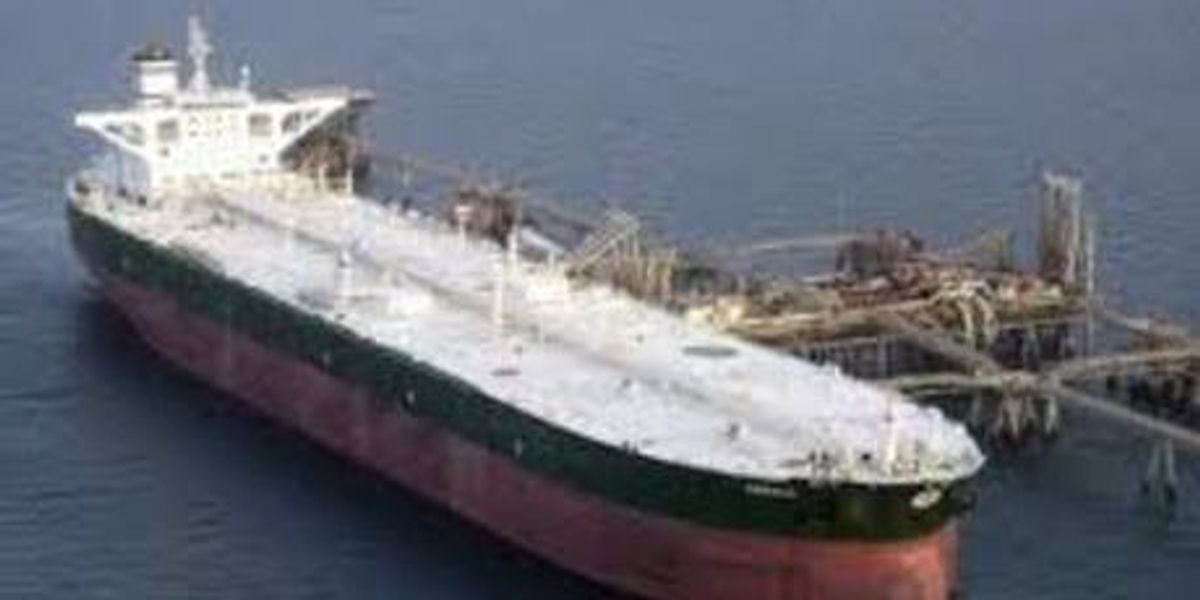Global oil demand grew 3.1 percent last year to reach an all-time high of 87.5 million barrels per day, despite dropping sharply the previous two years, Worldwatch reports. Partly because European demand has fallen four consecutive years and partly because of continued boom growth in many of the so-called emergent market economies (such as Brazil, China, India, and Turkey), the world's less developed countries now account for almost as much of total world consumption as the OECD countries: 47.4 percent versus 52.5 percent. From 2005 to 2010, OECD oil demand fell 7 percent, while non-OECD demand grew 20 percent.
In terms of production, OPEC and non-OPEC countries (not counting the former Soviet countries) each account for about 42 percent of total supplies, with the FSU states accounting for a sharply rising share of 16.8 percent. For the second year running, Russia was the world's top oil producer, displacing Saudi Arabia in the top spot.
Prices and the balance of supply and demand show a high sensitivity to global economic trends. Prices spiked at the end of 2008, when the world economy was crashing, at over US $140 per barrel. In the next year prices dropped precipitously to about $30/barrel, despite OPEC’s decision in December 2008 to cut production targets by 4.2 million barrels per day. Prices climbed back more gradually in 2010–2011 to about $115 per barrel, only to start dropping again in recent months as nervousness about the prospect of a second recession has mounted.
OPEC’s continued centrality, despite Russia's rise, is noteworthy. During and after the oil crises of 1973–1974, free-market theorists predicted that as the organization tried to limit world production and drive up prices, competing suppliers would enter the market, causing the organization eventually to wither away. In the short term, something like that happened. From 1975 to 1985, a Worldwatch figure shows, OPEC's share of world production fell from almost 50 percent to below 30 percent. But then in climbed back in the next decades to over 40 percent, where it has held steady.
Evidently there was a limit to how much oil was readily available in non-OPEC countries to develop. Today, another Worldwatch figure indicates, the OPEC countries account for almost as large a share of total estimated world reserves as they did in 1973.
What are the prospects for the immediate future? According to IEA figures cited in a recent Financial Times article, even with oil demand growth slowing with lower-than-expected economic growth, the increase in total world petroleum demand this year will exceed any increase in oil supplies from non-OPEC countries. So OPEC will continue to play a key balancing role and strongly influence world prices.



